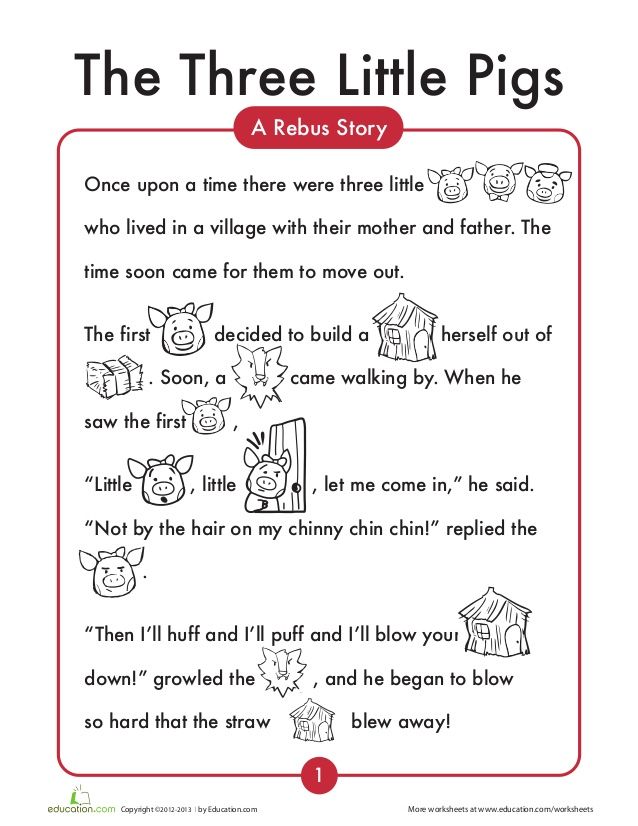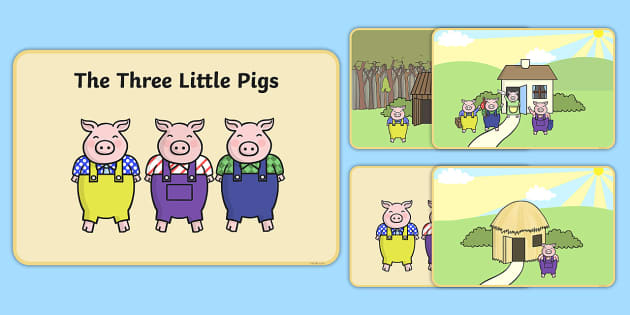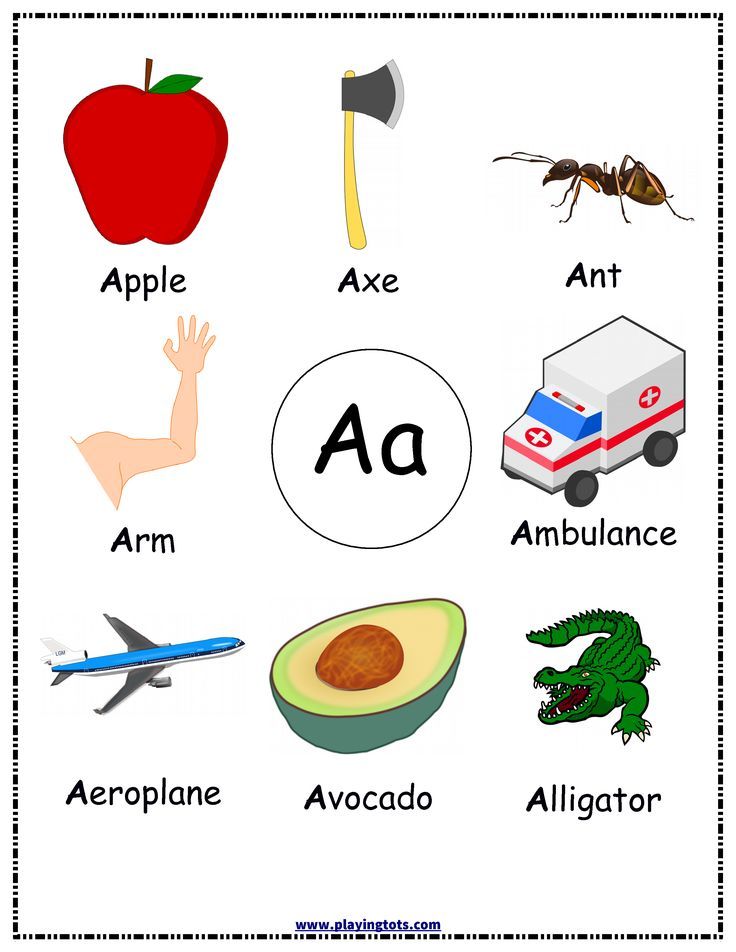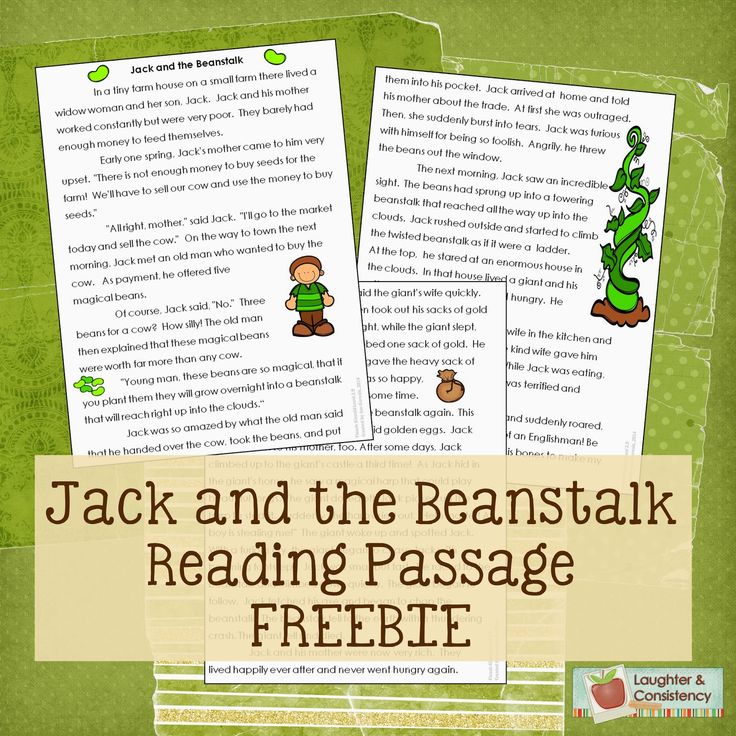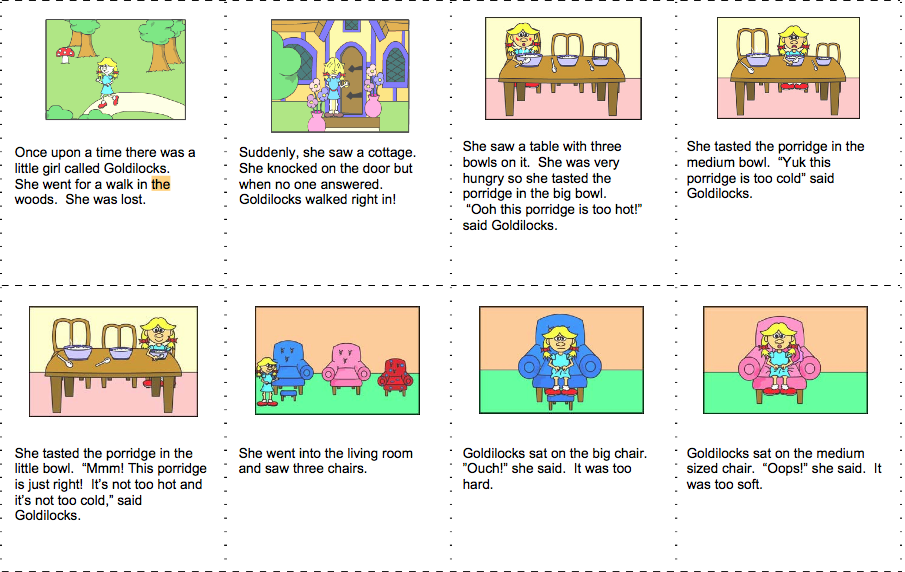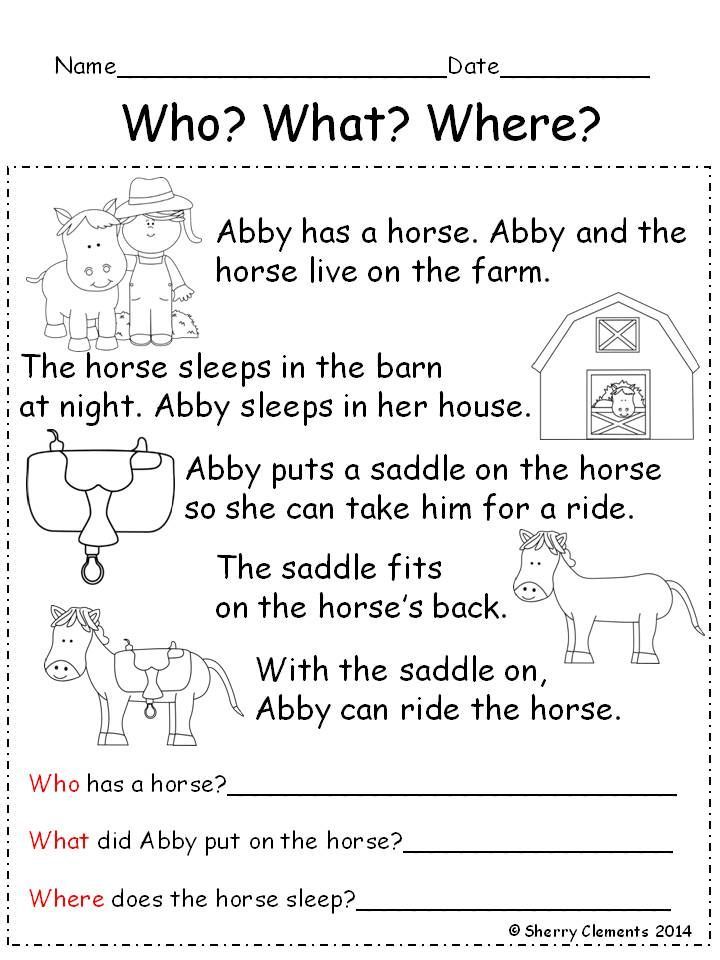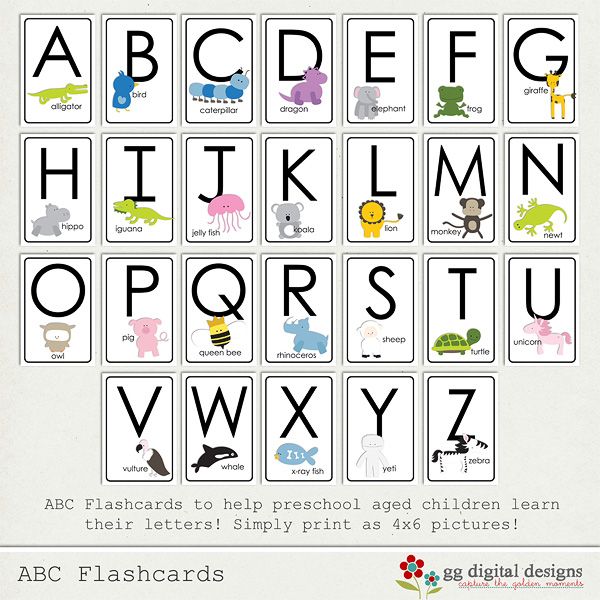Find the level of a book
How To Determine Reading Level Of A Book
Learning how to determine reading level of a book helps you find appropriate books for your child and challenge their abilities.
When choosing children’s books, the reading level of the book can be pretty important. You want to challenge children to read a bit higher than they think they can while not discouraging them with books that are too difficult.
Whether you have beginning readers or advanced readers in your life, learning how to determine the reading level of a book is a valuable tool. Thankfully, parents and educators have a number of tools available to help them.
This guide will discuss what reading levels are, how to find them and how you can ensure that the books you offer are suitable for the children in your life.
Contents
- Tips on How To Determine Reading Level Of A Book
- What is Reading Level?
- Why Reading Level is Important
- Reading Level and Interest Level
- Common Measures for Reading Levels
- Tools to Find the Reading Level of a Book
- A Final Word on How to Determine Reading Level of a Book
- FAQs About how to Determine Reading Level of a Book
- Author
Tips on How To Determine Reading Level Of A Book
So how can you determine the reading level of a book? Before delving into the tools available to help you find a book that your child can read, first, you must understand what reading level is.
What is Reading Level?
The reading level of a book determines how well a child can read it independently. Unfortunately, reading level is often confused with grade level, so a book with a fourth-grade reading level is designed with vocabulary and syntax that the average fourth grader can understand.
However, it is not always as simple as picking a book that is leveled at your child’s grade level. Your child’s teacher can tell you that students fit into a wide range of levels, even within the same classroom.
As your child’s reading skills develop, you’re going to need to find reading materials that match. Knowing how to read reading levels will help.
Why Reading Level is Important
Children who are learning to read need to have a text they can read successfully. If text is too easy, the child gets bored. If the text is too hard, the child gets frustrated.
This balance is where the reading level helps. Finding a book that matches your child’s abilities and interests will encourage successful reading, and reading level is key to that.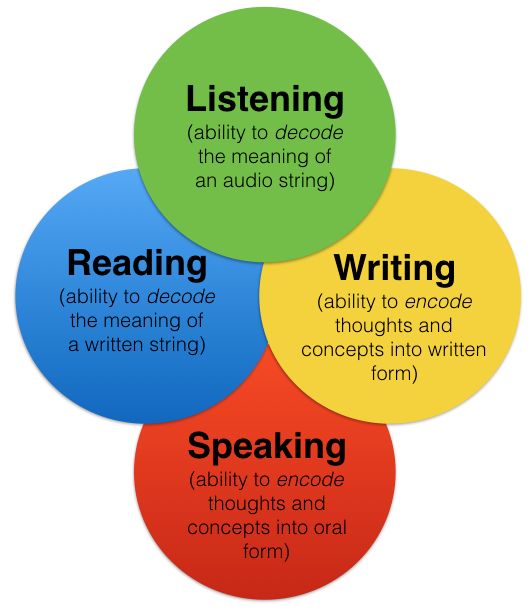
Reading Level and Interest Level
Adding interest level to your decision-making will help guide you to the books they will be most interested in readingAnother benchmark you can check into is interest level. This metric shows how interesting a particular book is likely to be to your child based on their age or grade level.
If a child is particularly behind or advanced in reading level, finding books they want to read but match their reading level becomes more challenging. Adding interest level to your decision-making will help guide you to the books they will be most interested in reading.
Common Measures for Reading Levels
Many tools measure reading levels. As you learn how to determine the reading level of a book, you will find that these tools make the job a lot easier, so you can find a book that fits the child’s reading level. Here are some popular reading systems to consider.
1. Fountas-Pinnell Guided Reading Level
Fountas and Pinnell created the Guided Reading Level. This leveled reading system assigns a level to individual books. Factors that impact that level include repetition of words, the complexity of sentences, and sentence length.
This leveled reading system assigns a level to individual books. Factors that impact that level include repetition of words, the complexity of sentences, and sentence length.
This program uses specialized reading lists with books that already have a grade level measure.
2. Grade Level Equivalent
The Grade Level Equivalent leveled reading system assigns an actual grade level to the book based on what students typically can read at a particular stage of their education. This metric is labeled with a decimal point, where the first number is the grade level, and the number after the decimal point indicates the number of months into the school year the student would be. So, a score of 2.1 means second grade one month into the school year.
For parents that are new to reading levels, this can be a helpful metric as it shows a level they can easily relate to their student’s age and grade. However, parents need to realize that students develop their reading abilities at different speeds, so any particular child may read at, above, or below the published reading level.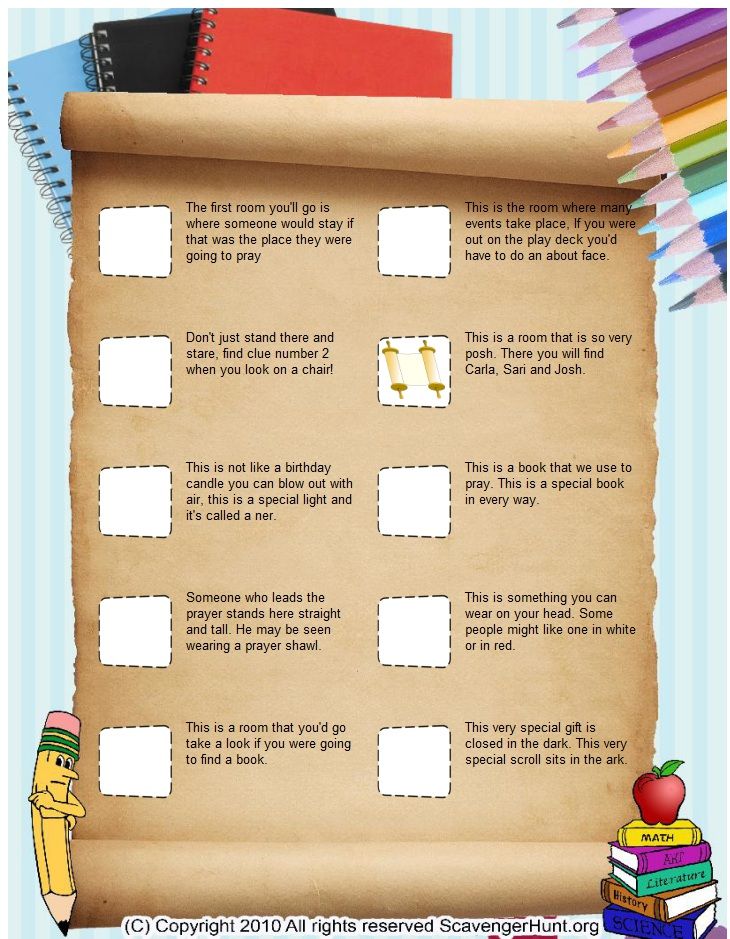
3. Developmental Reading Assessment
The Developmental Reading Assessment, or DRA, assesses a child’s reading ability through a reading test. It then gives the student a score based on that test. Factors it checks include:
- Phonemic awareness
- Alphabetic principles/phonics
- Fluency
- Vocabulary
- Comprehension
- Reading engagement
Books are given corresponding scores based on text complexity and vocabulary. Thus, teachers and parents can easily connect students to books that fit their abilities after taking the test by lining up the test scores with the scores of the book.
4. Lexile Framework for Reading
The Lexile Framework is a National Institute of Child Health and Human Development metric. It uses Scholastic Inventory Test scores to evaluate text and determine what reading level it is.
To use the Lexile Framework, students must take a standard test or the Scholastic Reading Inventory (SRI). This then matches them with a reading level that matches their ability.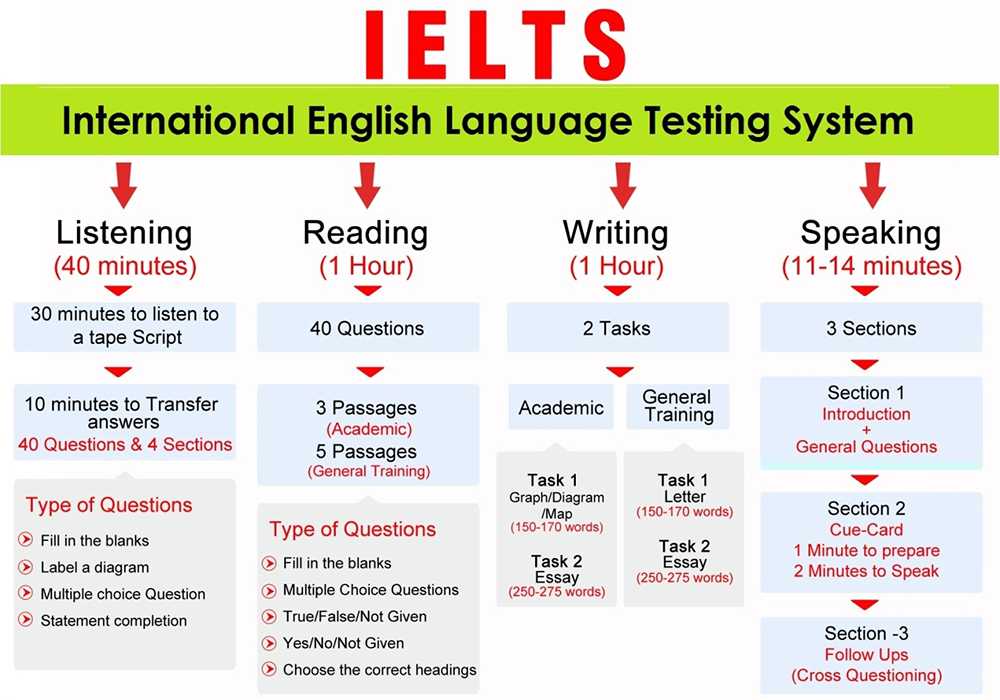
You can look up the Lexile level of a book online on the Lexile website.
5. Accelerated Reader Book Levels
Accelerated Reader is a complex readability formula that rates text complexity. It uses grade level ratings to indicate what year and month a student could read a book independently.
Accelerated Reader is different from straight grade level equivalents because it uses interest level as well. This indicates if the content of a book is age-appropriate for the particular grade level.
Tools to Find the Reading Level of a Book
Understanding the different reading tests and reading level measures is important, but it does not help you learn how to determine the reading level of a book when your child wants to read something. Thankfully, you have several tools at your disposal to help.
1. Scholastic’s Book Wizard
Scholastic offers a book wizard tool that has over 65,000 children’s books in the database. You can search using the title and author to find an individual book’s reading level.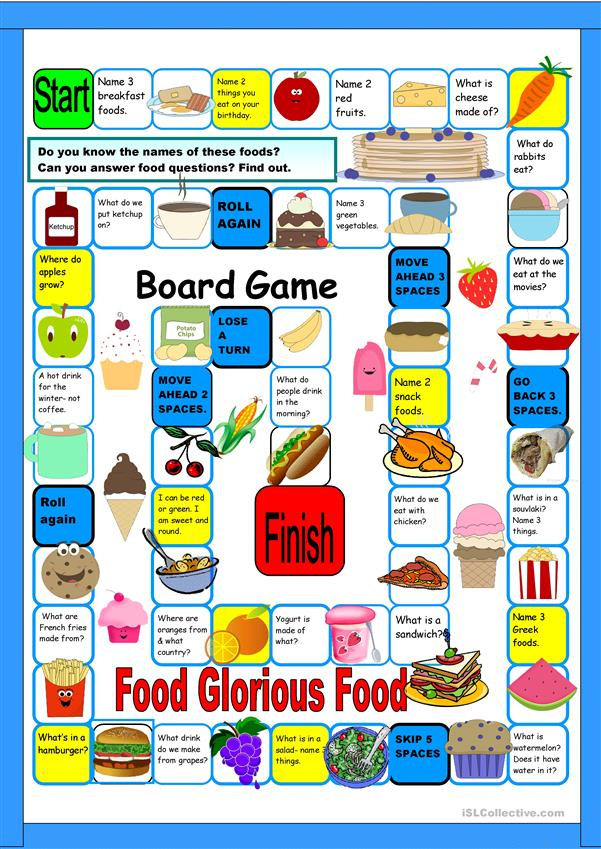 If you are looking for recommendations for your child, you can search by reading level, subject, grade level, or genre and get a list of suggestions.
If you are looking for recommendations for your child, you can search by reading level, subject, grade level, or genre and get a list of suggestions.
2. Renaissance ATOS Analyzer
If you can’t find your book or text in another tool, you can copy a portion of the text into the ATOS Analyzer to see how it rates. This tool uses a readability formula to tell you how easy something is to read. It also merges with the Lexile measure, so you can search for individual books if they are in the database.
3. Lexile Look Up
Lexile’s online tool lets you search for a book by its ISBN. Just enter the number on the Quick Book Search to see if it is in the database. The website also allows you to look at a list of books based on your child’s reading level.
4. Accelerated Reader Search Tool
The AR search tool lets you search for a particular book’s readability, Lexile level, and interest level. It reports a grade level based on whether or not a child will be challenged in the reading but not frustrated.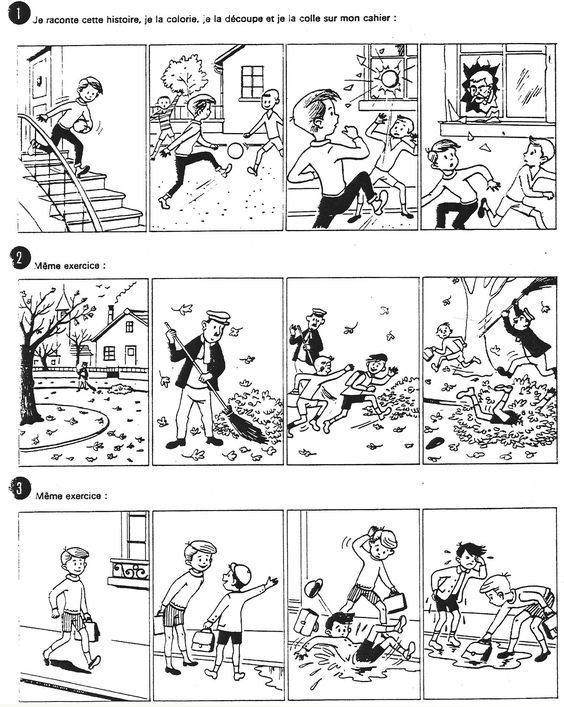
5. Correlation Chart
The Correlation Chart is part of the State of Washington public library system. It lets you find the reading level of a book, then use the tool to compare that to the reading level in another measurement. If you are looking for a specific measure but know another one, this tool can help you compare.
A Final Word on How to Determine Reading Level of a Book
Reading levels help you choose books for your child that fit their interests and abilities. You can avoid frustration and boredom by selecting appropriate books. Using reading levels also encourages more independent reading, especially with young readers.
Parents can sometimes struggle with finding reading levels for different books, but using a book’s ISBN, you can search in several tools that have book lists based on reading level. Using these tools and asking your child’s teacher what their current reading level is will allow you to choose the right reading material for your child.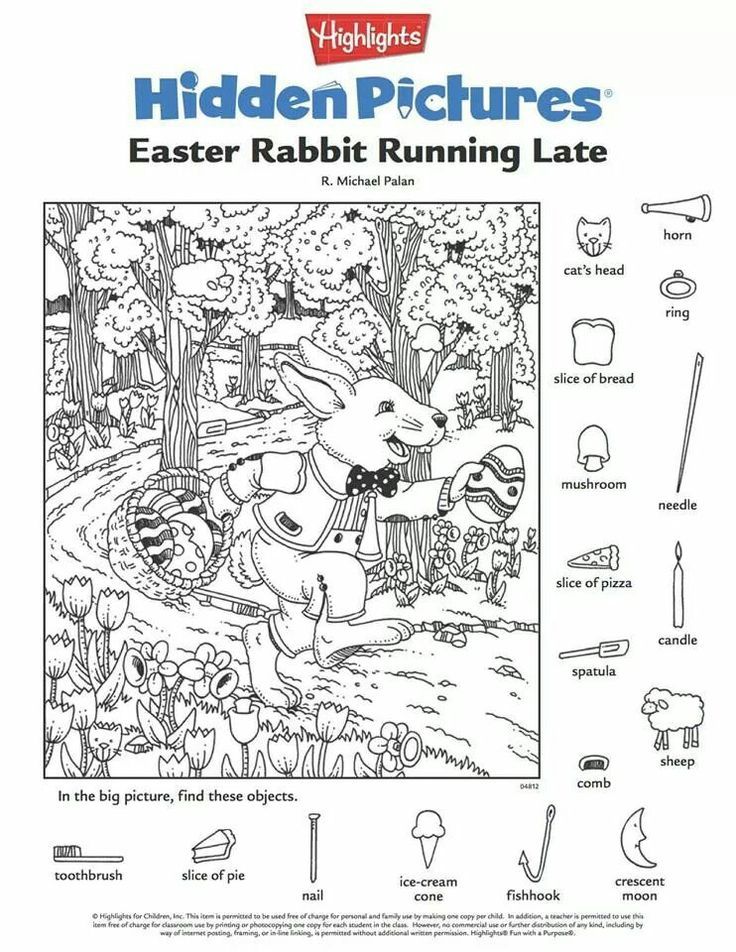
FAQs About how to Determine Reading Level of a Book
How to find the reading level of a book?
Using different tools, such as the Scholastic Book Wizard or the Accelerated Reader Search Tool, you can learn the reading level of many children’s books to help you choose appropriate reading options for your child.
How to determine my child’s Lexile reading level?
If your child is at school, they will be tested each year under their standardized testing program. This testing will give your child a Lexile reader measure. Simply ask your child’s teacher or check their standardized test score report to learn your child’s measure.
Join over 15,000 writers today
Get a FREE book of writing prompts and learn how to make more money from your writing.
Powered by ConvertKitAuthor
How to Determine Reading Level of a Book
Leveling the field
If you have a child in school, then you’ve probably heard the term “reading level.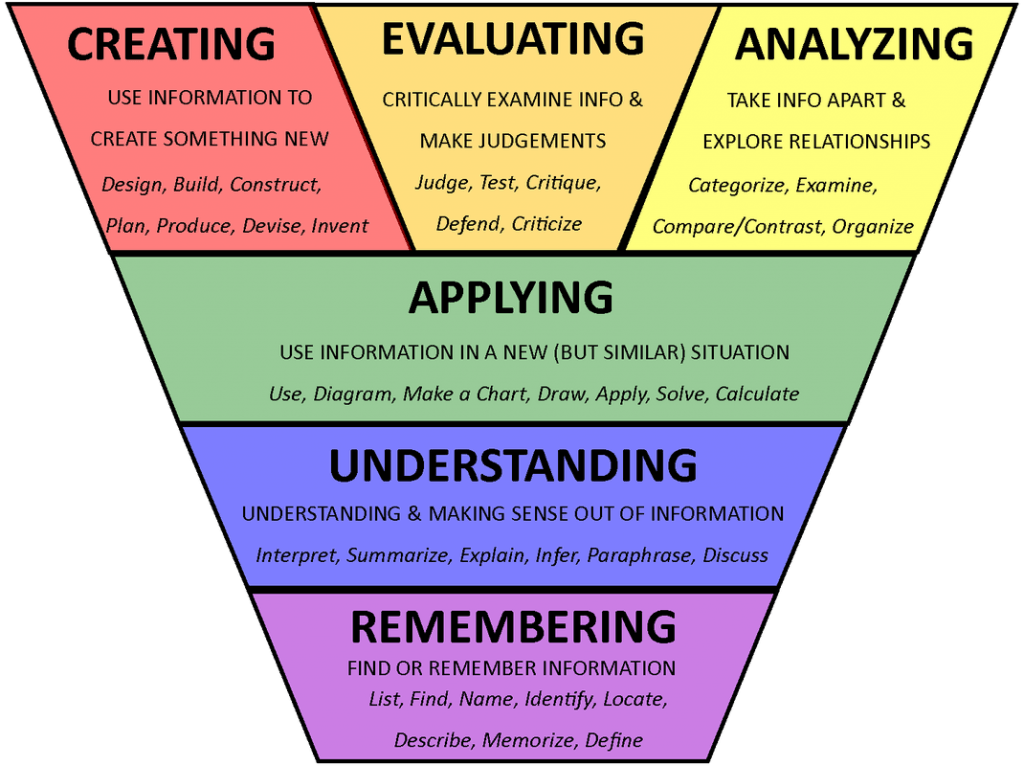 ” Your child’s teacher may have mentioned it when discussing the importance of reading practice. It may have come up during a parent-teacher conference. But, what does “reading level” actually mean? Why does it matter? And, how can you easily determine reading level of a book that is a good match for his level of reading skill?
” Your child’s teacher may have mentioned it when discussing the importance of reading practice. It may have come up during a parent-teacher conference. But, what does “reading level” actually mean? Why does it matter? And, how can you easily determine reading level of a book that is a good match for his level of reading skill?
What is reading level?
Reading level is simply a way to identify how complex a book a child can read independently. You might be tempted to reason that if your child is in the second grade, then books that are labeled for second graders will be the perfect fit for him. That’s not necessarily true. In most classrooms today, students read at a wide range of different levels. Most schools administer reading assessments periodically to determine the reading comprehension level of each child.
Why does reading level matter?
Reading level matters for a few very simple reasons. If your child is reading a book that is too far above his current ability, then he will likely become frustrated and discouraged. On the other hand, if a book is too far below his reading level, it won’t challenge him enough. He won’t encounter new words or more complex sentences, and his reading skills simply won’t grow. A book that is too far below your child’s reading level might also simply be boring. The ideas and words won’t be complex enough to catch his interest or fire his imagination.
On the other hand, if a book is too far below his reading level, it won’t challenge him enough. He won’t encounter new words or more complex sentences, and his reading skills simply won’t grow. A book that is too far below your child’s reading level might also simply be boring. The ideas and words won’t be complex enough to catch his interest or fire his imagination.
How is reading level measured?
A search of the Internet quickly reveals a dizzying array of reading-level systems with obscuring names like ATOS, Basal Equivalent and Fry Readability Graph. It’s enough to make your head spi!. Let’s take a look at some of the most commonly used readability systems.
- Fountas-Pinnell Guided Reading Level – Sometimes referred to as Fountas and Pinnell, or even simply as Guided Reading Level, this reading-level system supports the guided reading program designed by Irene Fountas and Gay Su Pinnell. The level of individual books are classified by assessing a number of factors, including word repetitions, sentence length and complexity, and even the number of illustrations.

- DRA – DRA refers to a standardized reading test called the Developmental Reading Assessment. This reading system assigns books different reading levels that correspond with the different scores that children can earn on the test. After taking the test, a child is assigned a letter/number score from A1 through 80. His teacher – or parents – can then find books with the same DRA score.
- Lexile Framework for Reading – Called the Lexile measure or the Lexile level, this scoring system was developed by an educational research team funded by the National Institute of Child Health and Human Development. Using test scores from a standardized reading test or from the Scholastic Reading Inventory test (SRI), this system converts those test scores into equivalent reading levels making it possible to match students with the reading material best suited for their growing abilities.
- Grade Level Equivalent – Perhaps the easiest of the reading leveling systems to understand, Grade Level Equivalent measures a student’s reading level by comparing it to the expected reading level for each school year.
 Fourth graders in their first month of the school year whose reading skills are at that grade level would be given a reading level score of 4.1. This stands for fourth grade, first month of school. A struggling reader in the fourth grade would have a lower score, 3.6, for example. This would mean that this child was reading at a level usually expected of a third grader in the sixth month of the school year.
Fourth graders in their first month of the school year whose reading skills are at that grade level would be given a reading level score of 4.1. This stands for fourth grade, first month of school. A struggling reader in the fourth grade would have a lower score, 3.6, for example. This would mean that this child was reading at a level usually expected of a third grader in the sixth month of the school year.
How can I determine my child’s reading level?
Measuring a child’s reading level is complex. Different systems measure different factors, including text complexity, word speed and even comprehension. Your child’s school will assess his reading level, most likely using a variety of methods and maybe even some good, old-fashioned teacher intuition. If you want to know your child’s reading level, your best bet is to simply ask his teacher.
How can I determine the reading level of a book?
Trying to find books that match your child’s reading level? Once again, the first step is to talk to his teacher.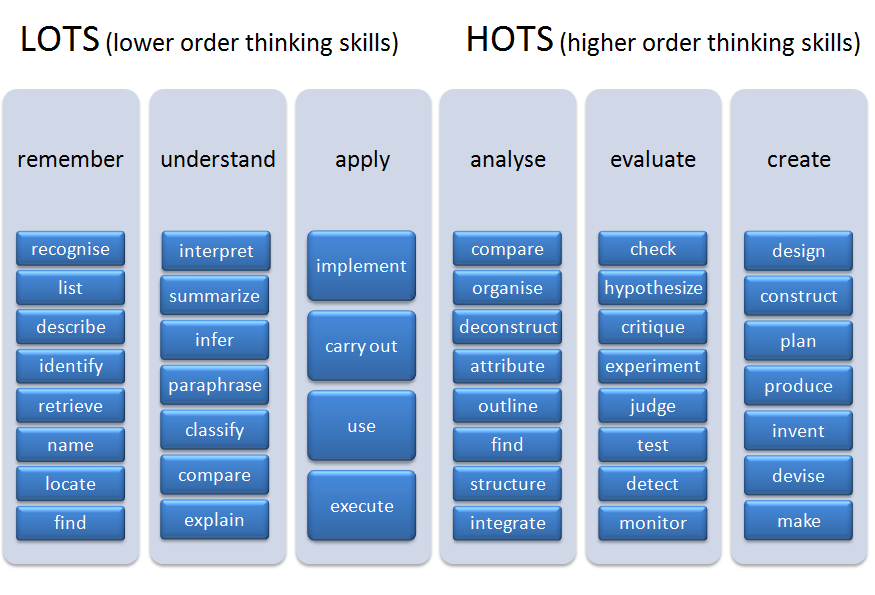 She will be able to offer many suggestions and may even have a reading list available. Another good resource is the school librarian. Books in the school library will already be sorted by reading level. The librarian should be able to point you to the right section.
She will be able to offer many suggestions and may even have a reading list available. Another good resource is the school librarian. Books in the school library will already be sorted by reading level. The librarian should be able to point you to the right section.
Need more resources? Consider these:
- Renaissance ATOS analyzer – This text wizard allows you to input text – or even upload a file – to see how it rates on the Advantage TASA Open Standard readability formula. You can input a sentence, an excerpt or an entire book. Renaissance also has a book finder where you can check to see if the level of the book you’re curious about is already on file. The book finder lets you search for both the ATOS score and the Lexile measure using a book’s title or author.
- Scholastic’s Book Wizard – Scholastic.com offers a Book Wizard that allows you to search through over 65,000 children’s books. Using a book’s title or author you can search using one of four different reading level systems.
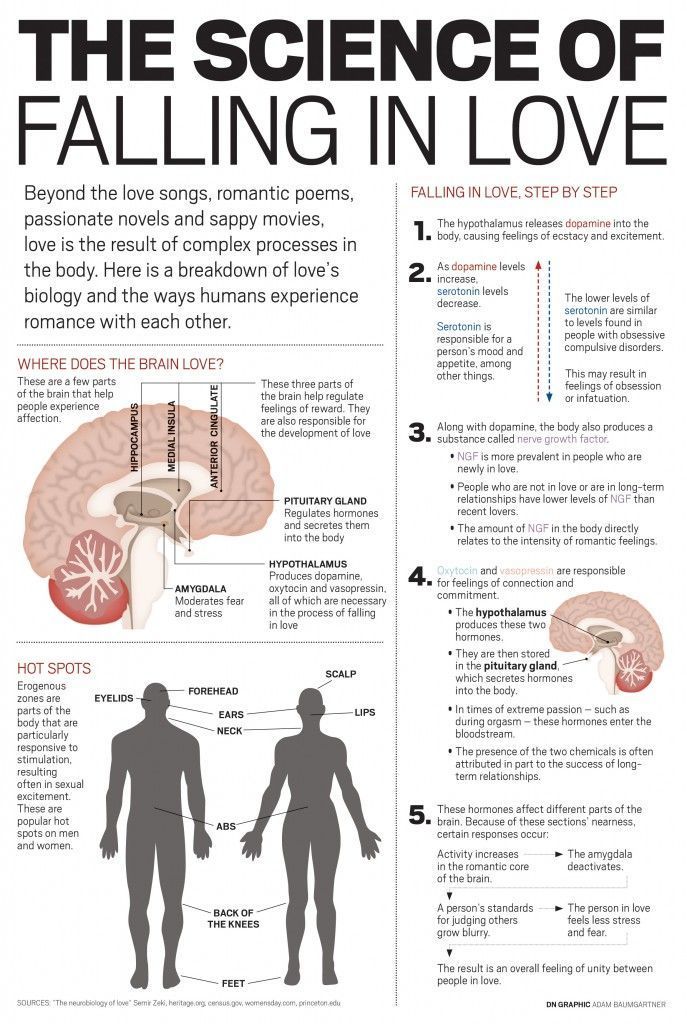 You can also filter results by genre, subject and grade level.
You can also filter results by genre, subject and grade level. - Lexile look up – The Lexile Framework for Reading website lets you look up books that match your child’s reading level. You can also look up the reading level of an individual book on the same page, using the book’s ISBN number or its title. Hint: the “Quick Book Search” tab is at the top right of the page.
- Correlation chart – If you already know the reading level of a book under one of the leveling systems, but need to know what the same book would rate under another system, then use this correlation chart offered by the State of Washington’s public library system. Simply move down the column under the system that you already know until you find the right rating, then move across the page – left or right – to the correlating number in the column of the system you’re hoping to target.
Learning your child’s reading level and then finding books that match is a great idea! You’ll be able to keep him engaged and learning without overwhelming him with text that is too complex or with words that are simply beyond his ability.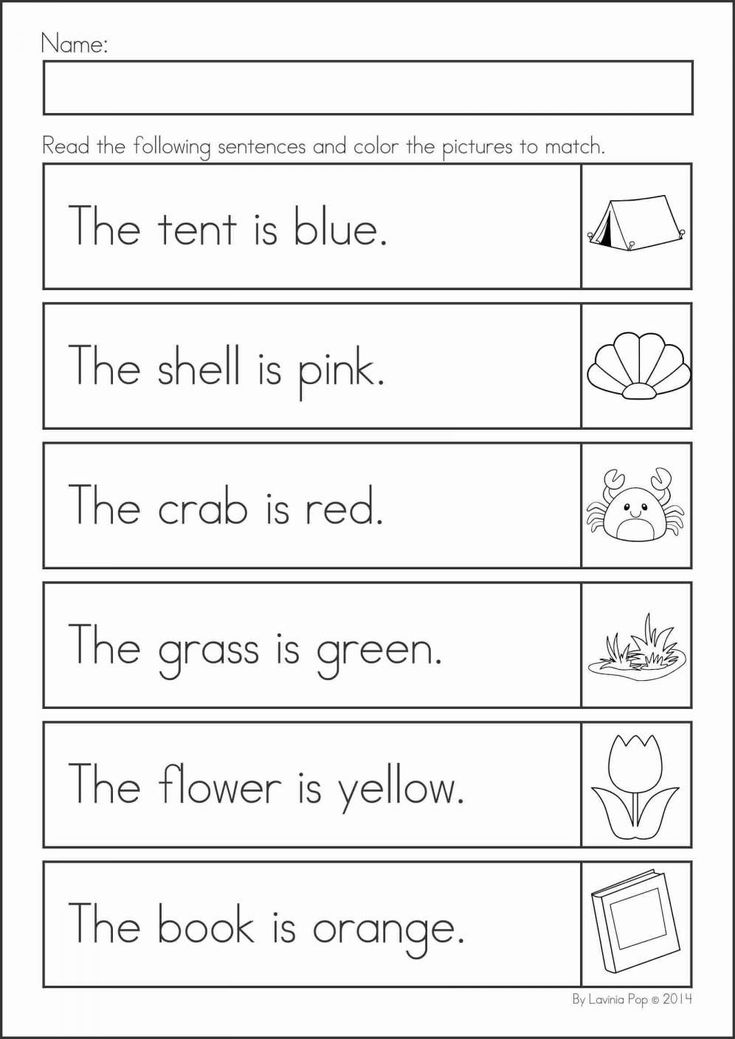
Other Reading Resources
- A Wrinkle in Time Reading Level
- Free Grammar Printables from K12reader.com
- Printable Passages from ReadingVine.com
TOP books in English adapted by knowledge level
Why read in the original
- The more that you read, the more that you’ll know.
The more that you know, the more places you'll go. - Dr. Seuss
Any English-speaking child will confirm that Dr. Seuss does not give bad advice. If you love to read, but are afraid to start with a voluminous and full-bodied English novel, don't worry. Especially for educational purposes, publishing houses produce adapted books in English: for beginners, for the intermediate level, and so on. Yes, you will get a complete picture of the work of art a little later, but you can congratulate yourself on the first English book you read already starting from the Elementary level! nine0012
You can apply for training here
1.
 Reading in English increases vocabulary
Reading in English increases vocabulary Reading in a foreign language enriches vocabulary, even if we ourselves do not realize it. Of course, in order to learn new vocabulary more effectively, it is better to read a book, writing out unfamiliar words and memorizing their translation. When choosing books to read, be guided by your learning goals: if you need colloquial speech, pay attention to modern “light” prose, but if you want to master special vocabulary, the most obvious advice is to read literature from the area of your professional interests. nine0012
2. Reading improves spelling
English spelling is full of mysteries and surprises. The spelling of many words defies logic: you just have to memorize. And the best way to do this is to read more English-language literature so that the images of words are stored in memory.
3. Reading broadens one's horizons
E-books and blogs, news sites and social networking feeds: reading has reached a new level in the twenty-first century.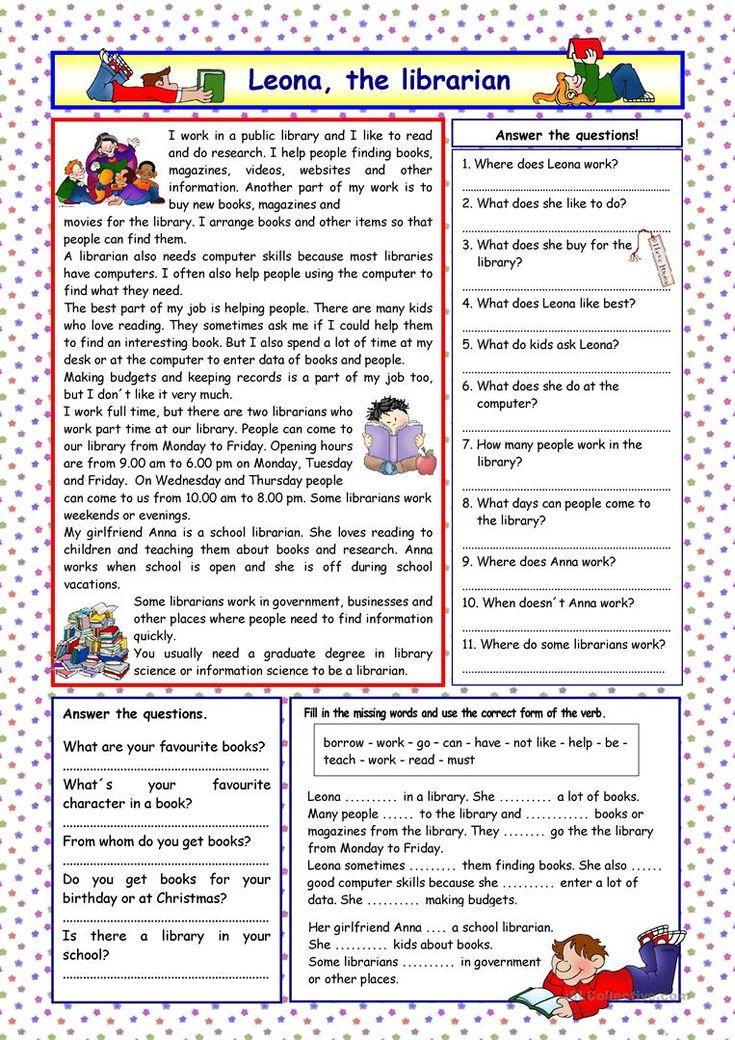 A single information space makes it possible to learn about what is happening in the most remote corners of the world, to join the world's cultural and scientific heritage. nine0012
A single information space makes it possible to learn about what is happening in the most remote corners of the world, to join the world's cultural and scientific heritage. nine0012
4. Reading in the original language boosts self-esteem
Listen to how you feel when you finish the last page of your first English novel: a wonderful feeling. “She reads Orwell in the original” sounds proud! Any psychologist will tell you that motivation is important when performing any task. So do not miss the opportunity to once again praise yourself, this one is not at all superfluous! :)
Reading English books in the original is not only useful, but also pleasant
Demo lesson for free and without registration! nine0012
Take a lesson, find out about the school and get a promo code for English classes
How to choose a book to read
- Choose adapted books in English for your level (see the list of recommended books for levels A2-C1 later in the article).
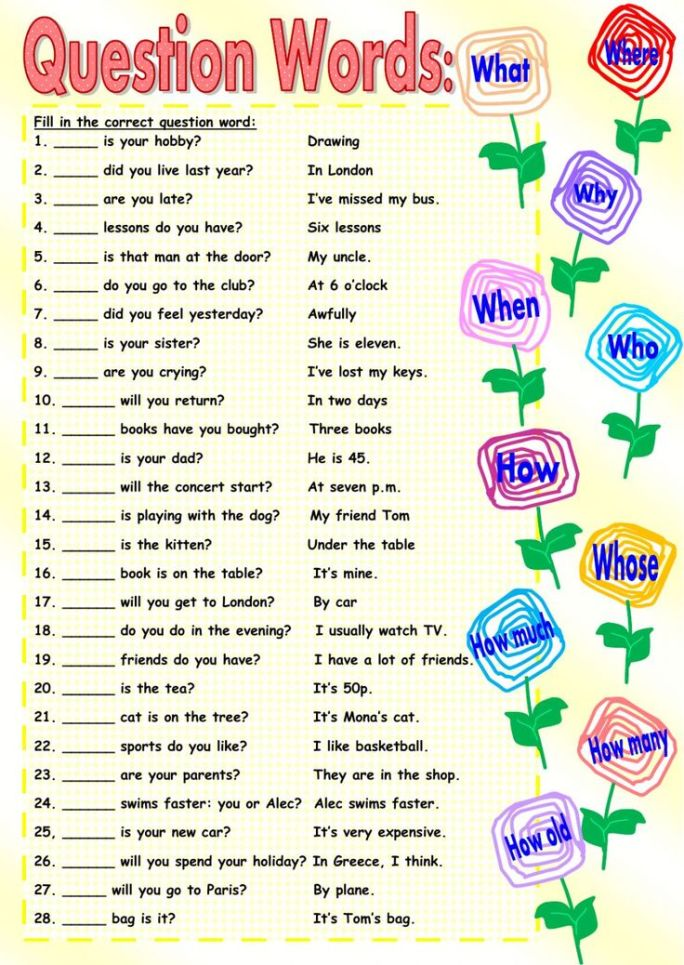
- Choose works according to your ability: start with short stories, gradually moving to larger literary forms.
- The more exciting the learning, the more effective it is: try to find books that are interesting for you. Detectives, thrillers, mysticism - or any other topic that awakens your imagination and makes you read the book to the end will do. nine0041
Children's books in English
If you know only a few hundred words in English, pay attention to children's literature: many children's books are also interesting for adults. In addition, children's literature, as a rule, is generously provided with illustrations, which helps to understand the plot.
Fun fact: the acclaimed children's writer Dr. Seuss, discussed earlier in our article, wrote his best book, The Cat in the Hat , using just 220 words. This list of the first children's words was compiled by the publisher, obliging the author to use them in his work: everything to earn the love of the target audience! nine0012
Free English-language children's books can be found on the Internet.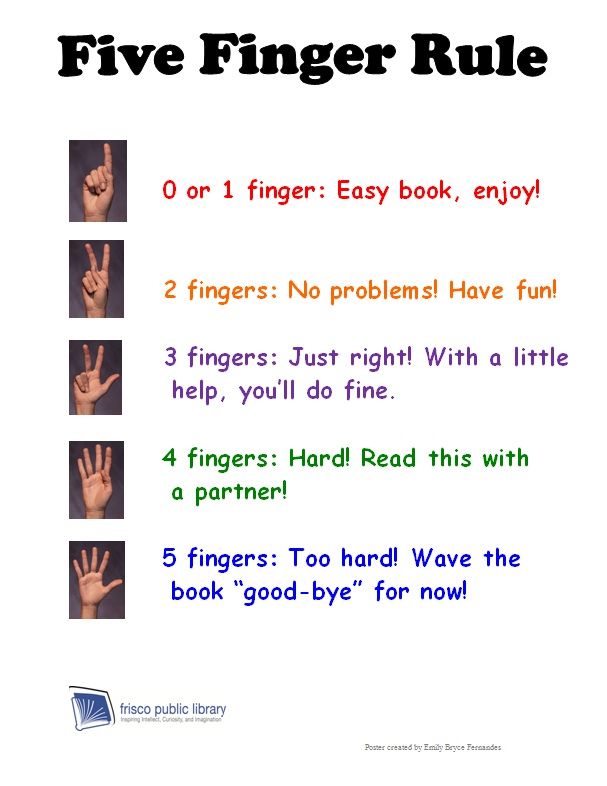 For example, on the KidsWorldFun resource.
For example, on the KidsWorldFun resource.
English comics
Like children's literature, comics are a great way to start reading in a new language. There are a great many genres of comics: there are comics for children, for adults, entertaining and educational.
- Free Online Comics Library
- Marvel Comics
- English grammar comics
Film scripts in English
One of the proven and effective methods of learning a new language, recommended by many polyglots, is to read books in the target language that are already familiar in translation. The same applies to film adaptations: it is useful to read the scripts of the films you have watched. Advantages: the context is known, the plot is clear, you can guess the meaning of new words in the course of the story.
- Movie Scripts and Screenplays
- 101 Greatest Screenplays nine0040 Awesome Film
Books in English about personal development and professional literature
Reading them kills two birds with one stone: you learn English vocabulary that is relevant to you and learn new things about an important topic for you.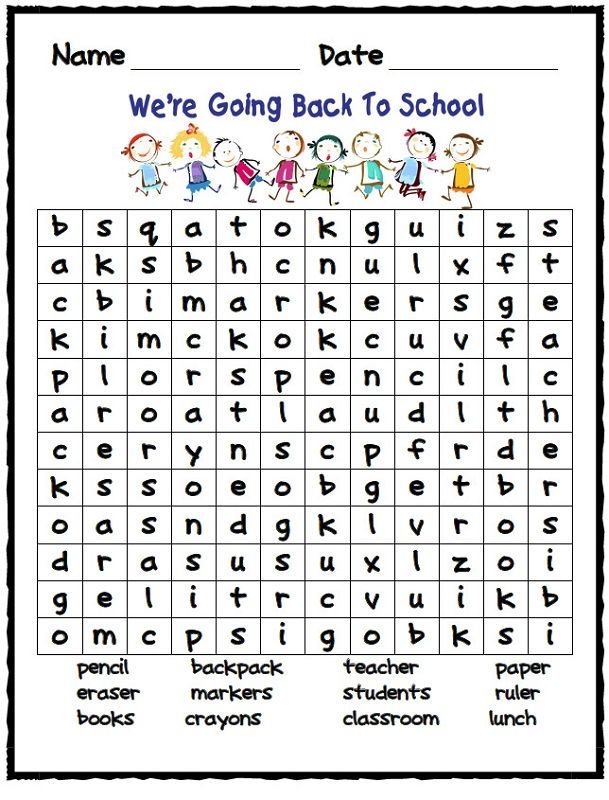 If you are keenly interested in something, why not read about it in English? Another advantage of such literature is that it is easier to read than fiction novels. The style is simpler, the vocabulary is limited to the topic under consideration.
If you are keenly interested in something, why not read about it in English? Another advantage of such literature is that it is easier to read than fiction novels. The style is simpler, the vocabulary is limited to the topic under consideration.
Reading in English improves vocabulary
3 "life hacks" for beginning readers of English literature
It is not necessary to understand every word
Сontext is king (context is king)! If you have grasped the main idea of the story, that is enough. Moreover, if you understand everything you read, most likely you have taken a book of too low a level for yourself. Try to find such books where about 70% of the vocabulary will be familiar (the rest will have to be written out and learned).
Read aloud in English
It may seem strange, but reading has proven to be excellent for improving pronunciation and listening - if it is reading aloud.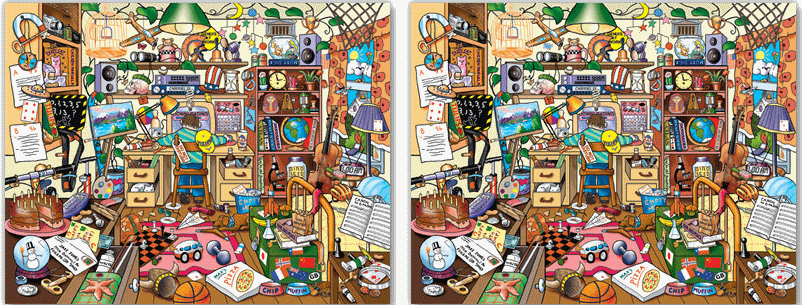 By reading aloud, you tune in to the sound range of the language being studied. However, it is important to work on pronunciation and in addition to reading, otherwise the incorrectly “guessed” pronunciation of a particular word may annoy you for years afterwards.
By reading aloud, you tune in to the sound range of the language being studied. However, it is important to work on pronunciation and in addition to reading, otherwise the incorrectly “guessed” pronunciation of a particular word may annoy you for years afterwards.
When reading in English, listen to audio books
When learning English, in which the same combination of letters can be pronounced in a dozen different ways, it is very important to pay attention to the correct pronunciation of new words. We have already written about the book + audiobook format: when reading an English-language book, you listen to its audio version, voiced by native English speakers. Very handy for learning pronunciation! nine0012
English books: read and listen
Books adapted for beginner, intermediate and advanced levels of English (A2-C1)
A2 level - elementary level
The Fisherman and His SoulOscar Wilde Level: elementary A piercing romantic tale of crazy love | |
Dracula - DraculaBram Stoker Level: elementary A chilling story of eternal love and eternal damnation: this is where all the vampire sagas of our time came from. | |
Million Pound Bank Note - The Million Pound Bank NoteMark Twain nine0011 Level: elementaryGenre: adventure, humor Volume: approx. 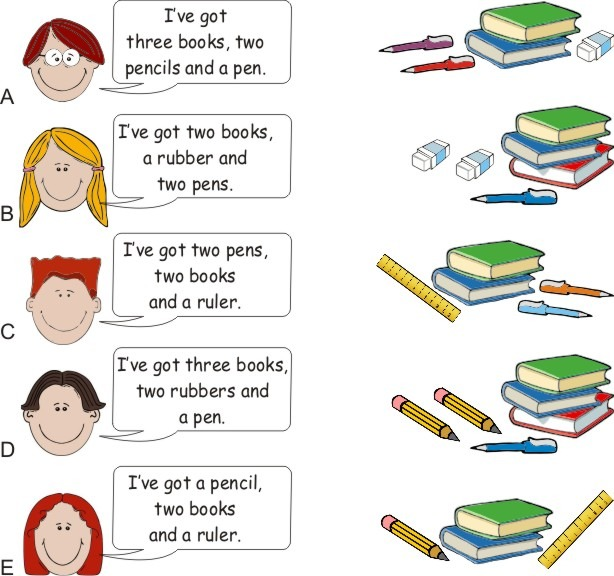 25000 characters 25000 characters English version: American A witty and instructive story about the adventures of a poor man with a million pound note in his pocket. | |
Mr. Bean in the city Bean In TownRichard Curtis Level: elementary Mr. Bean will always find adventure for his wild little head! The eccentric eccentric continues to amaze and amuse the reader. |
Books in English help develop vocabulary
Level B1 - threshold or intermediate (threshold or intermediate)
The Picture of Dorian GrayOscar Wilde Level: intermediate What is more important, the beauty of the face or the beauty of the soul? An incredible story about a beautiful mask and the terrible essence of a person. Mr. Grey, weren't you the prototype of the hero of "Fifty Shades of Grey"? .. | |
Appointment With Deathnine0011 Agatha Christie Level: Intermediate Christy, Poirot, detective. | |
| nine0112 | |
Three Men In a Boat Jerome K. Level: Intermediate Three cheerful friends decided to go on a trip. What came of it - read in the original. Book: Three in a boat |
Read English books in the original
Intermediate English (intermediate, B1-B2)
The Curious Case of Benjamin ButtonF. Scott Fitzgerald Level: Intermediate A fantastic story about a man who "lived in reverse". But you probably already watched the movie? .. |
| 1984 George Orwell Level: intermediate A landmark work of English literature, which must be included in the reader's arsenal of every modern person. To not have to blush in a decent society. |
Gladiator - GladiatorDewey Gram Level: intermediate This book will tell about the difficult fate of the Roman gladiator. Here's someone who had a really hard job! |
Four Weddings and a FuneralRichard Curtis Level: intermediate The best way to know the culture of a people is to study their customs. A funny, touching, slightly frivolous book by Richard Curtis tells about the love between a British man and an American against the backdrop of four weddings and, alas, one funeral.
Book: Four Weddings and a Funeral (1994) |
Learning English by reading books in the original is interesting and exciting
B2 - intermediate-advanced level (vantage or upper intermediate)
| Airport Arthur Hailey Level: upper-intermediate Disaster novel based on real events is fascinating even after half a century. Book: Airport |
The Talented Mr.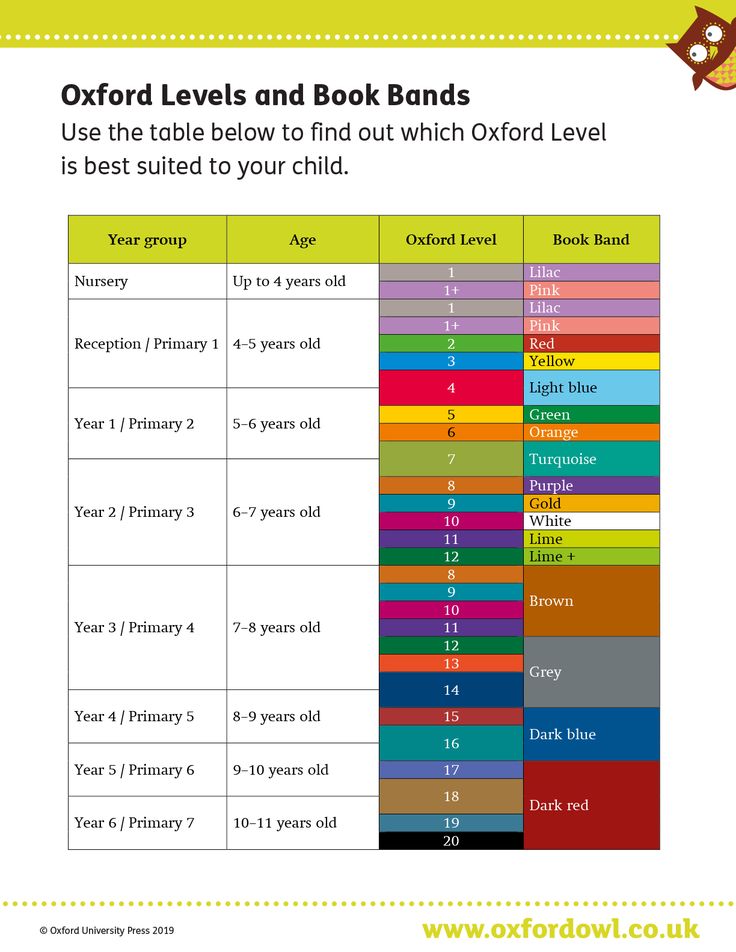 Ripley Ripley Ripley Ripley Patricia Highsmith nine0011 Level: upper-intermediateGenre: detective, drama Volume: approx. 130000 characters English version: American Tom Ripley is a 25-year-old young man who grew up without parents in an atmosphere of hatred and fear. Is it any wonder that his attitude to the world and people is not distinguished by special tenderness? .. |
Tomes are a girl's best friend!
С1 - advanced level of English (advanced)
Jane Eyre Jane EyreCharlotte Bronte Level: advanced A classic English novel about the life of a poor orphan with remarkable strength of character, and about love that can overcome any adversity. A book dearly loved not only in England, but all over the world. |
Pride and PrejudiceJane Austen Level: advanced Elizabeth is one of five daughters of the noble but impoverished Bennett family. She is smart, beautiful, but will she be happy? When two single gentlemen move in next door, something new enters the lives of the Bennett girls: sighs, excitement, furtive glances, secret rendezvous.
Book: Pride and Prejudice |
Brave New WorldAldous Huxley Level: advanced Here is a dystopian novel: find out what it is by reading the book. nine0012 |
Check if you know the top 100 English words
Useful:
10 "star" series that make learning English easy and fun
6 levels of English proficiency: steps to perfect English reading
2 language
9sites for book lovers and readers
There are many resources on the Internet that help you read more books systematically.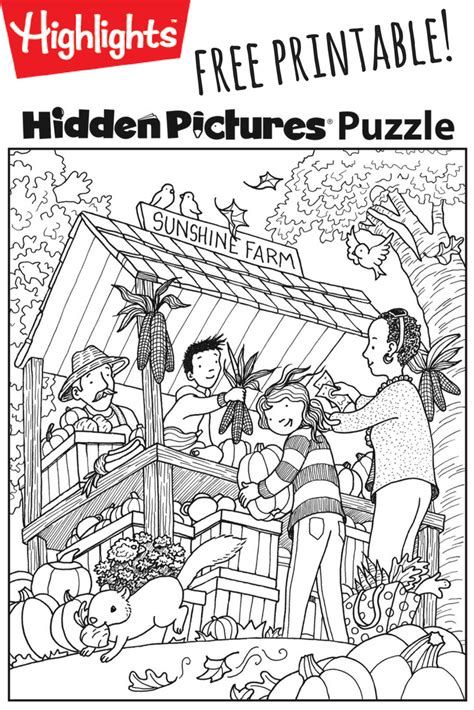 We have collected the most useful of them in this material: to keep reading lists, write reviews, find like-minded people and receive literary recommendations.
We have collected the most useful of them in this material: to keep reading lists, write reviews, find like-minded people and receive literary recommendations.
Goodreads
The world's largest book social network, where there is also a Russian-speaking community. Mark the books you have read, swap books, rate them and write reviews.
Goodreads also helps you keep detailed statistics and plan the number of books you want to read
How to motivate yourself to read
Polka
A project about the 108 most important works of Russian literature - from The Tale of Igor's Campaign to Chapaev and Void.
Collected reviews, articles and podcasts about authors and works. There are no books themselves, but most can be easily found on the Internet
More educational podcasts
LiveLib
A recommendation service that selects books based on user preferences.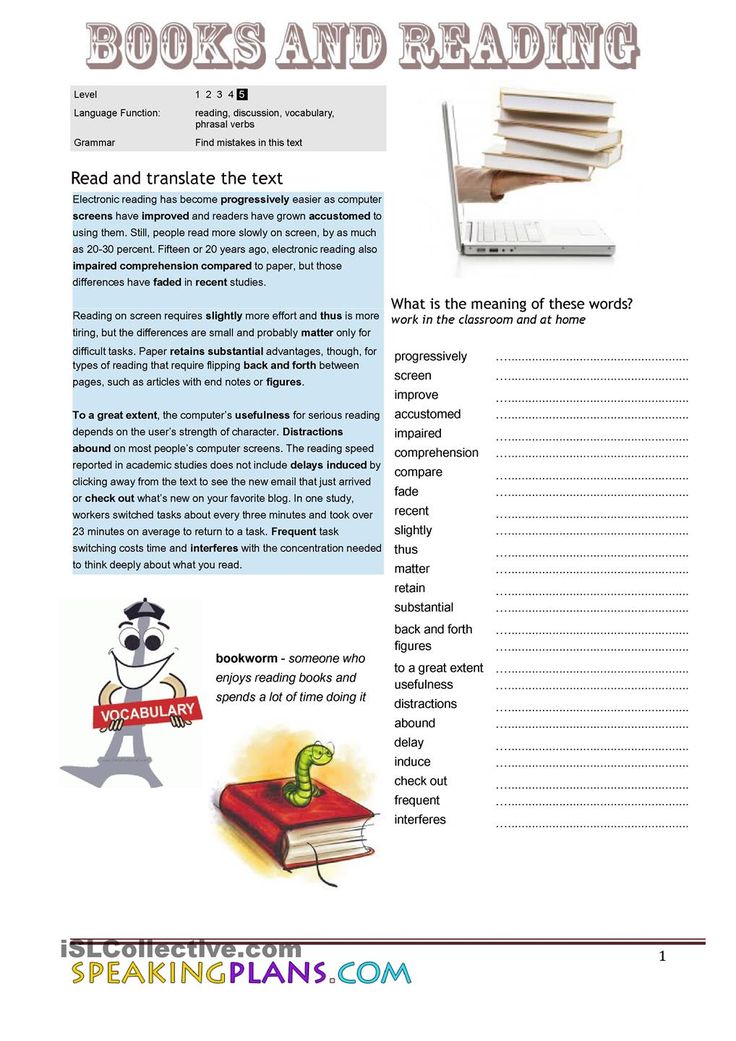 Reviews from both readers and book clubs will help evaluate recommendations.
Reviews from both readers and book clubs will help evaluate recommendations.
Each book has a Buy button next to it. When clicked, a list of stores will open where you can purchase the publication
Book Guide
Another personal recommendation service. You can publish reviews, but also compile book collections, share your favorite passages, and keep a reading diary. nine0012
There are four levels of readers on the site: "Guest", "Beginner", "Expert" and "Master". The higher the level, the more features are available
Books on how to improve brain function
Book Shazam
A separate Book Guide project is a service that helps you find a forgotten book by character name, quote or even a single phrase.
For example, by the phrase "The ice has broken" the system finds the novel "12 chairs", and by the query "Oleg Kostoglotov" - "The Cancer Ward"
Reading
Magazine for thoughtful readers with reviews and articles about news from the world of literature.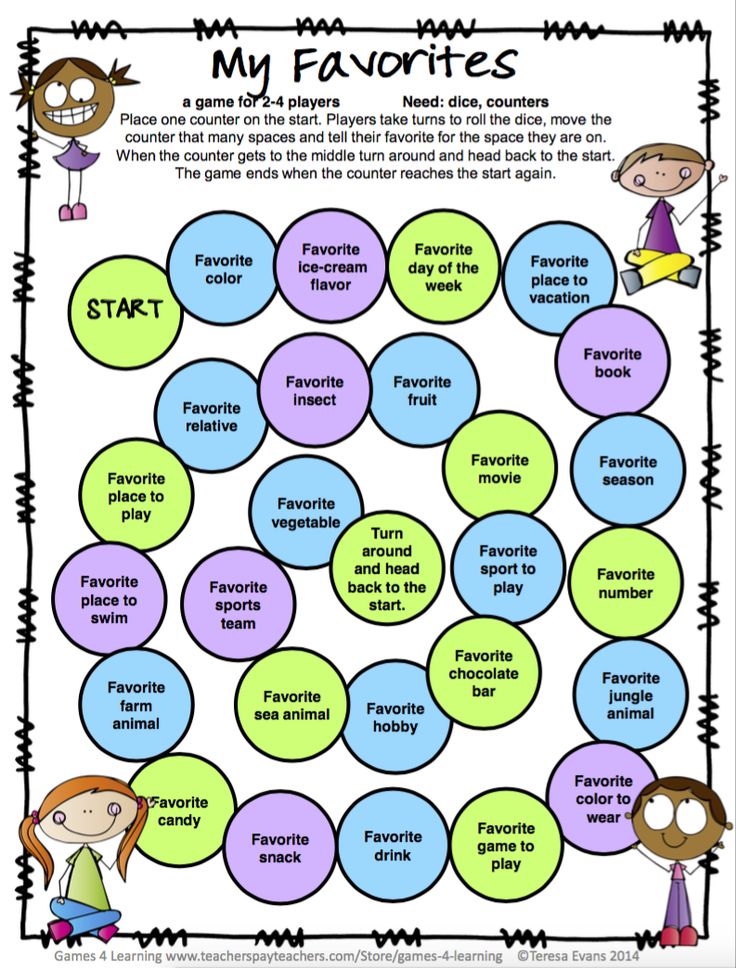 At various times, writers Vyacheslav Kuritsyn, Vadim Leventhal, Andrey Stepanov collaborated with the project.
At various times, writers Vyacheslav Kuritsyn, Vadim Leventhal, Andrey Stepanov collaborated with the project.
One of the directions of the site is to search for unknown but talented authors and publish their works in the "Experiences" section
How to become a writer nine0012
Also on the site you can find interviews with writers, critics and historians. But the most valuable thing is regular reviews of new books
Journal Hall
Gorky's independent project, which preserves the tradition of thick literary magazines.
Here you can find recent and archived issues of Russian and foreign Russian-language publications such as Znamya, Novy Mir, UFO, Friendship of Peoples and others Marina Aromshtam. nine0012
Papmambook gives advice on how to teach a child to read and teach him good literature, lists of books for different occasions, and selections of literature for children from 2 to 14 years old
How to choose a book for a child
If you like to learn new
Read our Education stream.

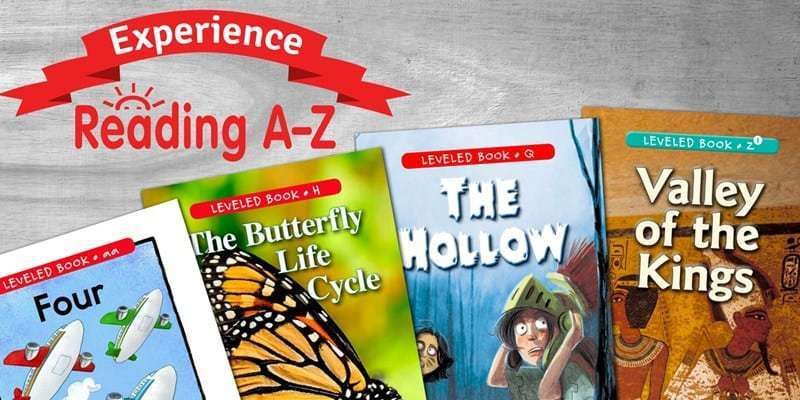 30000 characters
30000 characters 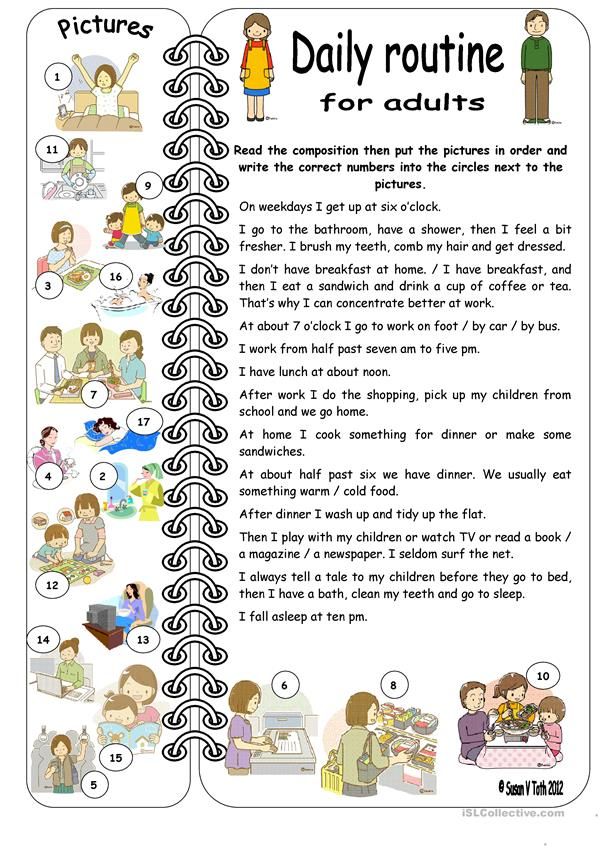 80000 characters
80000 characters 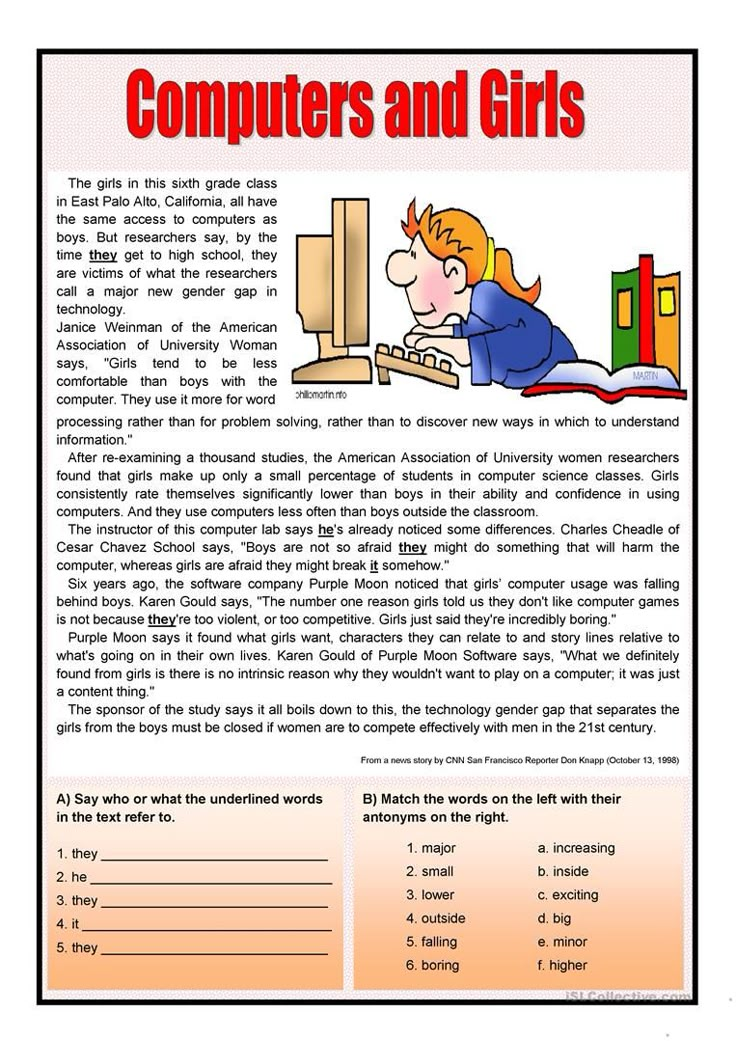 A must read!
A must read!  Jerome
Jerome 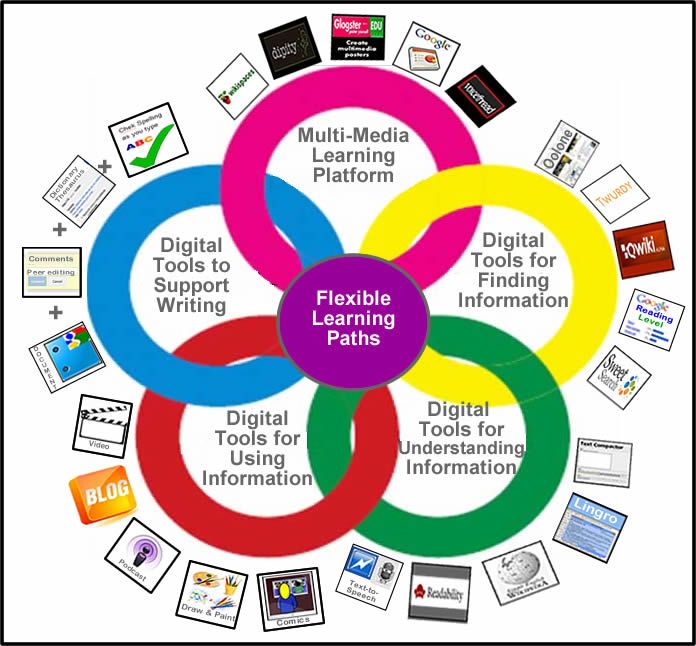 45000 characters
45000 characters 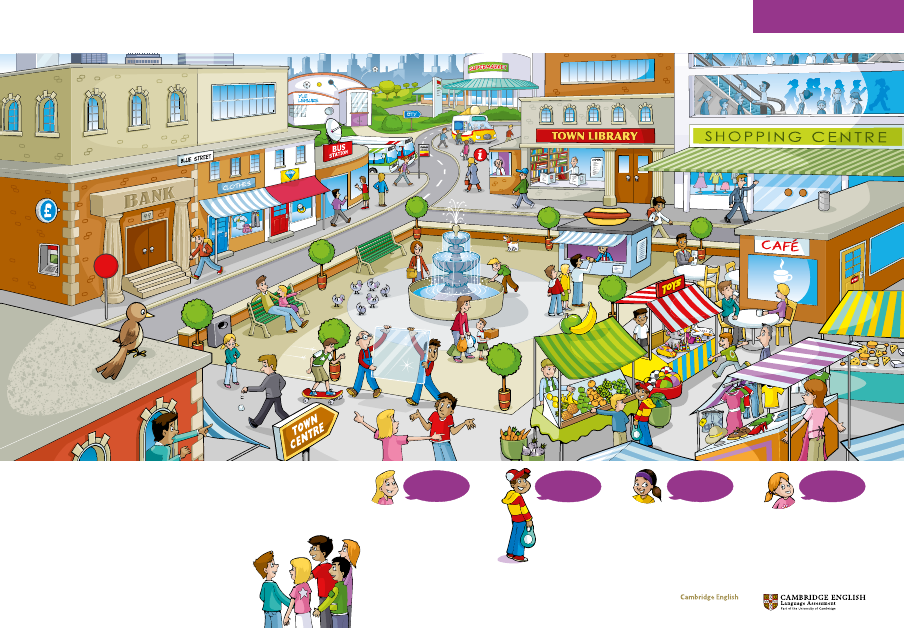 100000 characters
100000 characters 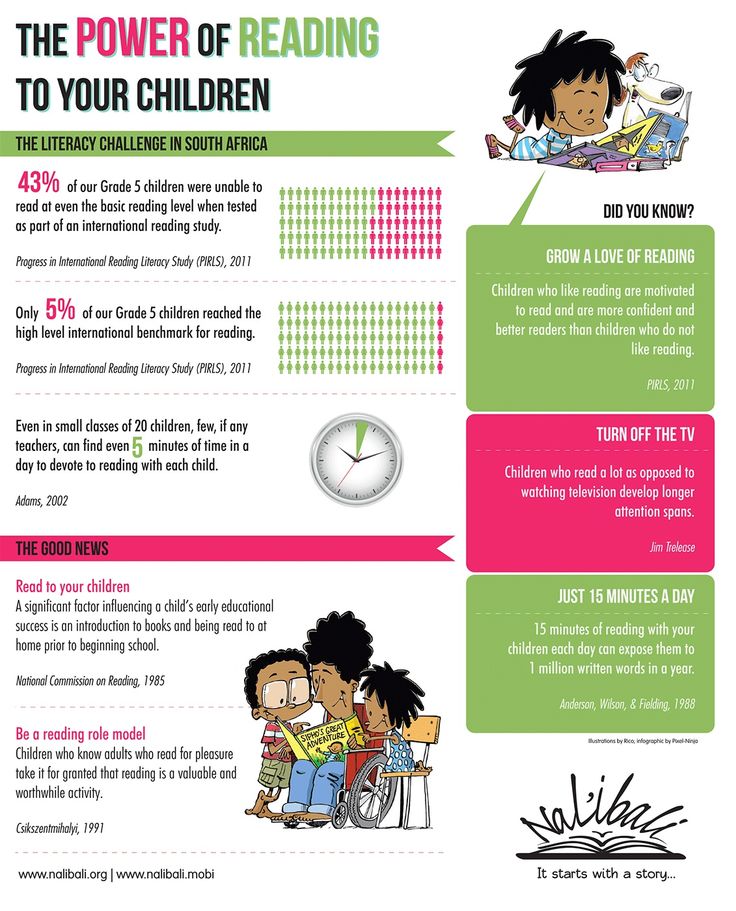 Is there any hope for a happy ending? Read about it yourself. nine0012
Is there any hope for a happy ending? Read about it yourself. nine0012 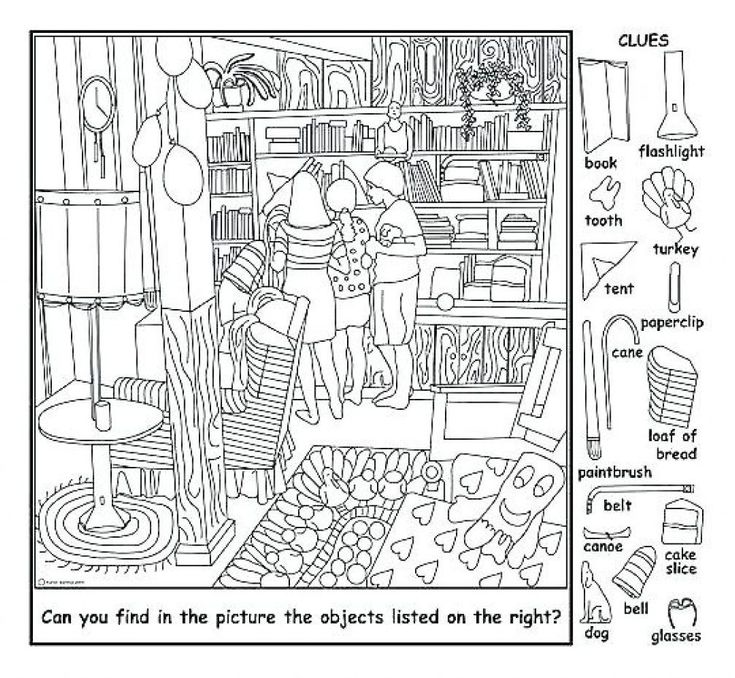 30000 characters
30000 characters 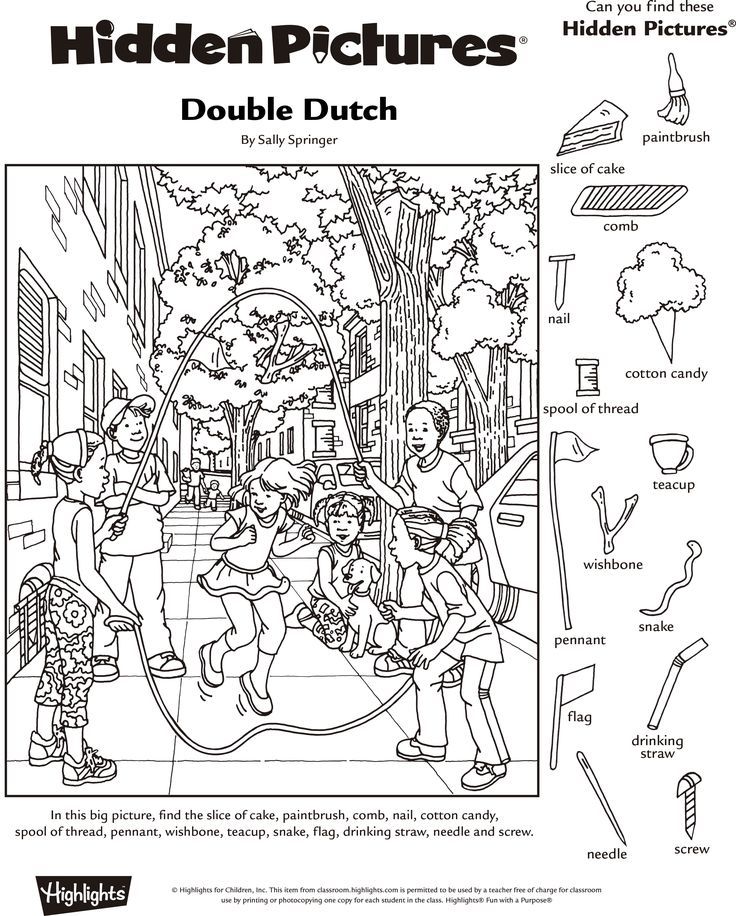 Will the object of her sighs appreciate the dignity of Elizabeth? Read on and you will find out for yourself. nine0012
Will the object of her sighs appreciate the dignity of Elizabeth? Read on and you will find out for yourself. nine0012 